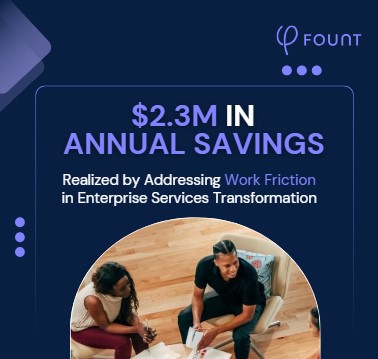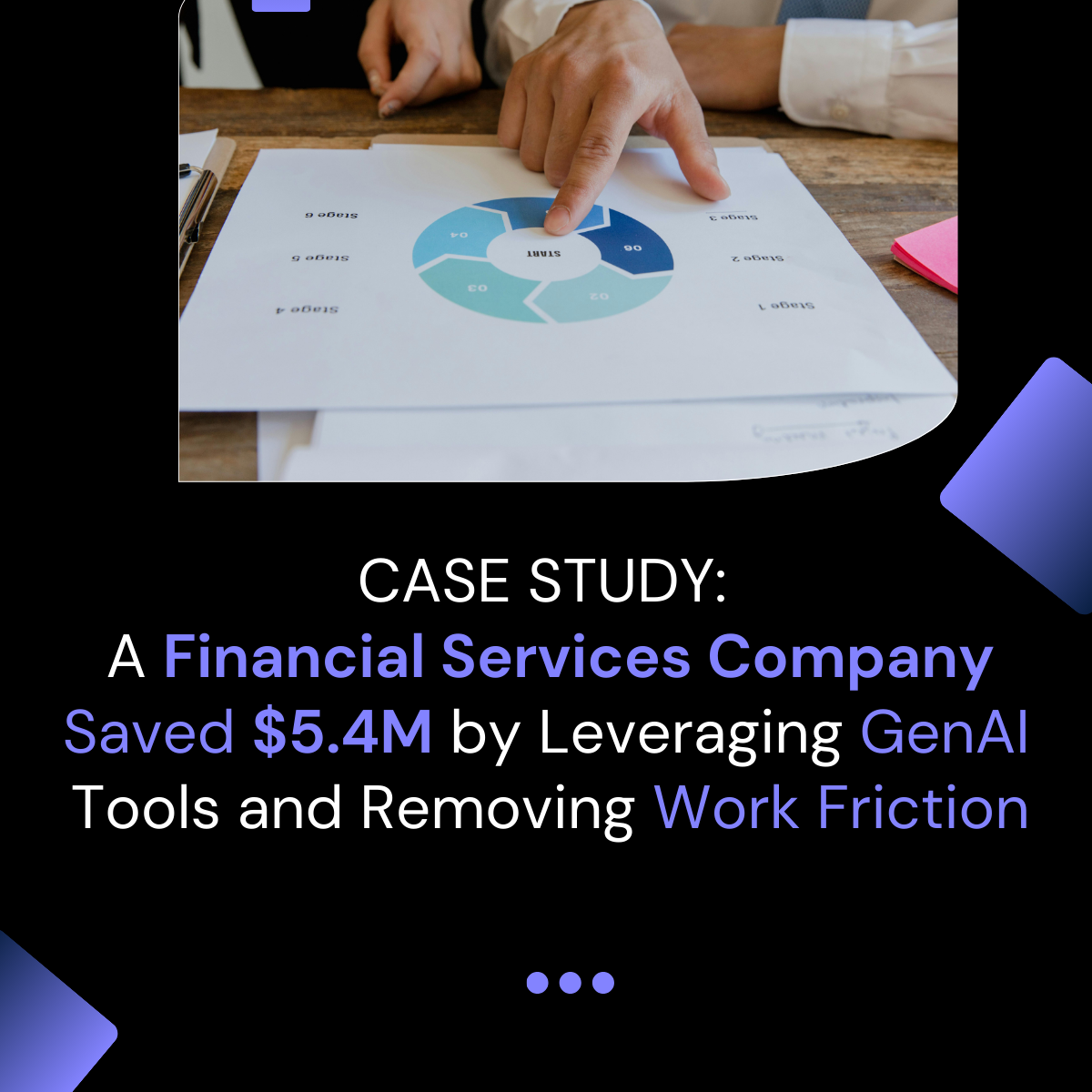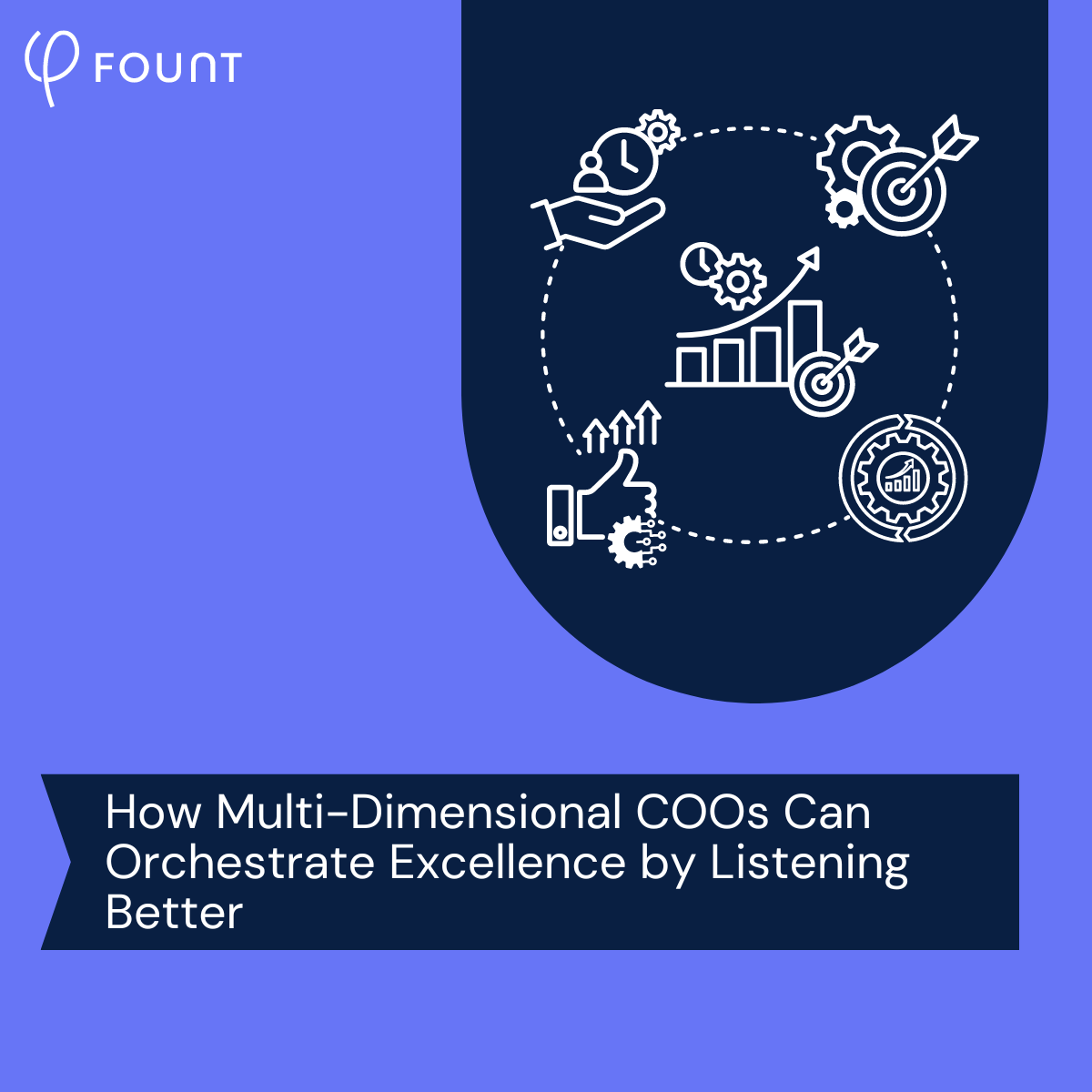How Employees Impact Business Performance
Commitment to employee experience is growing. With commitment comes expectation, and EX Leaders find themselves in a crucial performance window.
Commitment to employee experience is growing. In our recent Human Experience of Work study, 90% of employee experience Leaders indicate increased organizational intent around understanding and improving people’s experiences of work. CEO and board attention; defined employee experience roles and responsibilities; and budget allocation have been on the rise.
With commitment comes expectation, and employee experience Leaders find themselves in a crucial performance window. Employees expect consistent activity that delivers improved experience quality.
Executive stakeholders need to see quantified impact against their specific business or functional objectives. CEOs and Boards want evidence of progress quickly as proof that investments are yielding. Moreover, the world of work continues to shift and experience leaders must keep pace.
Working with the business
One critical element to maintaining momentum in EX is to what extent EX Leaders can fully engage and work with the business. Leaders with EX responsibility will more convincingly engage business stakeholders in EX when they can point to precise improvement opportunities – with evidence. Also, talk about ROI cannot be a generic conversation. It needs to be aligned to business leaders’ specific objectives and value conveyed through their business KPIs.
Yet only 24% of organizations surveyed report having the requisite qualitative and quantitative experience data in place to inform experience decision-making with business partners. Many studies, for example, have explored the ROI of internal customer experience and its link to external customer experience and resulting revenue growth, but the ROI exploration often stops there. 90% of organizations believe calculating the ROI of internal customer experience and its linkage to outcomes for their organization is essential, but they have not yet reached this stage.
Meeting executives where they are
Purposeful dialogue starts with meeting executives “where they are” by showing EX’s relevance to their business objectives. It should be defined by value delivered to people and business in the form of observable, measurable outcomes. The ‘Business Value tree’ pictured, for example, shows how one customer facing organization visualized how experience drives business results. They used this approach to support more effective conversations specifically with senior customer facing leaders.

Essential inputs
It is important to note that one ‘business value story’ does not fit the needs of all leaders, nor fully conveys the potential scope of impact. As with employees, appropriate context is essential to understand needs. For example, a functional executive serving internal customers such as a CIO will work with a partially different set of KPIs from a customer-facing leader referenced above, such as UX, internal customer satisfaction, or cost.
In addition, without access to the right (first-hand, interaction level) data, people’s experience expectations of the business will not be fully understood at scale. EX teams need new, experience-centric data inputs to pinpoint opportunities for meaningful experience improvement that are truly relevant to people and business outcomes.
Through our Experience Intelligence solutions, we continue to support EX Leaders and their teams on the activities and capabilities required to drive EX impact — and connect it back to business objectives. We invite you to join in our latest research efforts by participating in our short survey.

Our latest research aims to identify the activities and capabilities EX teams need to better demonstrate business impact.
This survey will result in a robust understanding of how well EX teams demonstrate business impact today, so that you can compare your team’s approach to leading examples around the world. It will also provide a set of clear recommendations and guidance for demonstrating business impact to business leaders, in order to gain long-term engagement and investment.
Participate in the research and be among the first to view the findings and access detailed recommendations for demonstrating business value to business leaders, in order to gain long-term engagement and investment.
Related Resources
See all News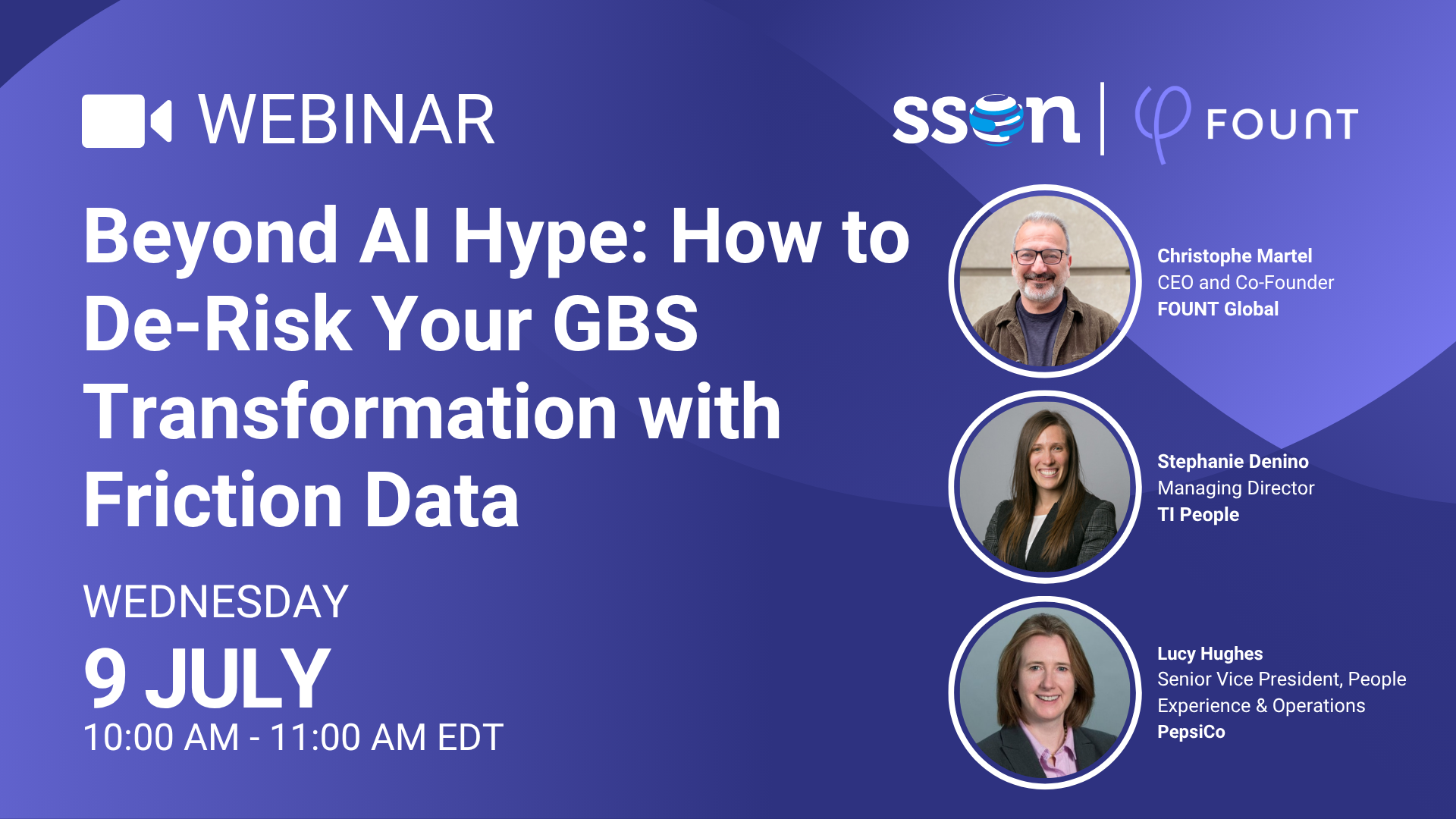
FOUNT News
LIVE Webinar. Beyond AI Hype: How to De-Risk Your GBS Transformation with Friction Data

Guest Post
3 Signs Your GBS Is Creating Friction Instead of Flow (And How to Fix It)

FOUNT News
June Newsletter: Friction is Killing Your AI ROI.
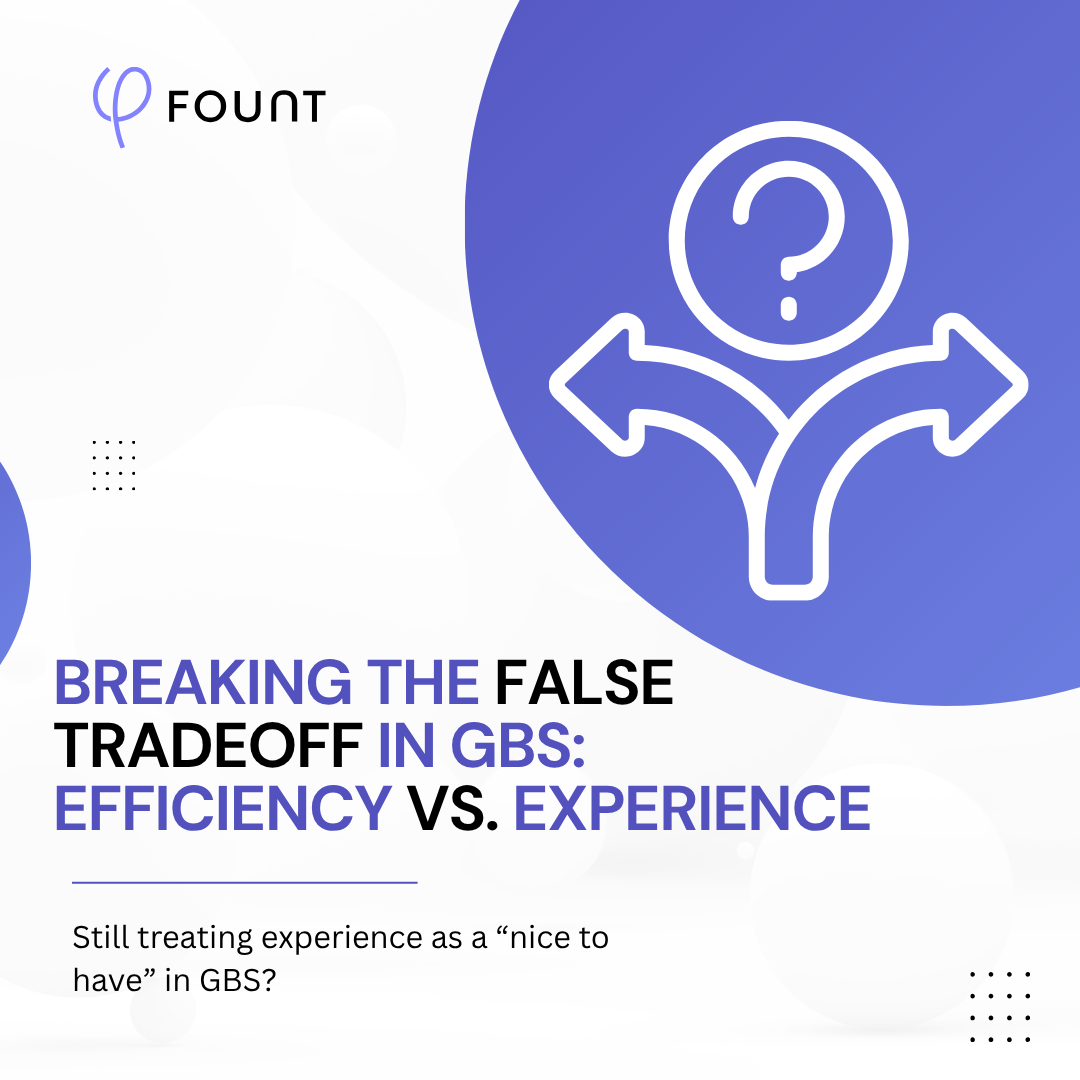
Insights
Breaking the False Tradeoff in GBS: Efficiency vs. Experience

Events
LIVE Webinar – July 9th for SSON Network. Beyond AI Hype: How to De-Risk Your GBS Transformation with Friction Data
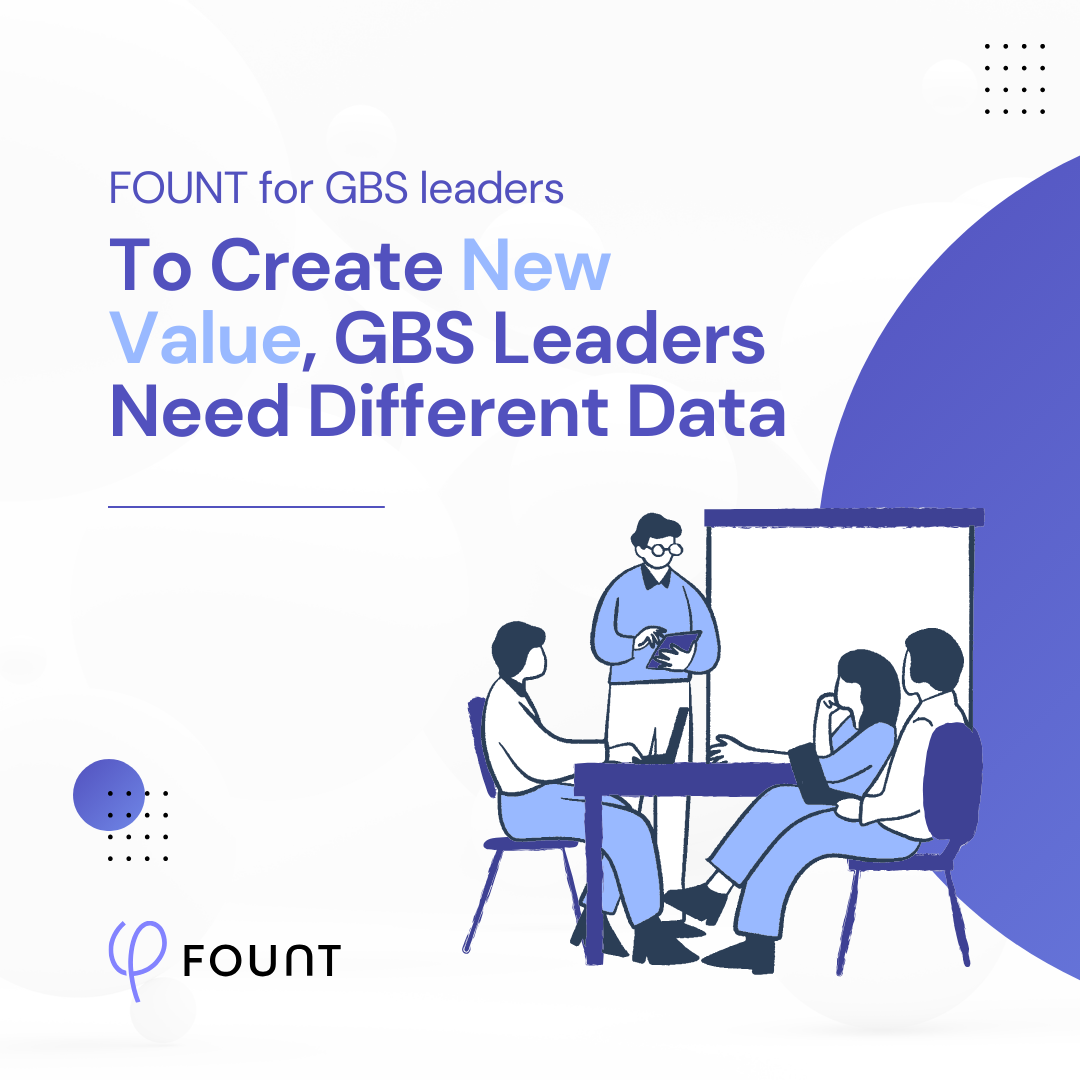
Insights
To Create New Value, GBS Leaders Need Different Data

Insights
How to Keep Up with the Latest AI Developments
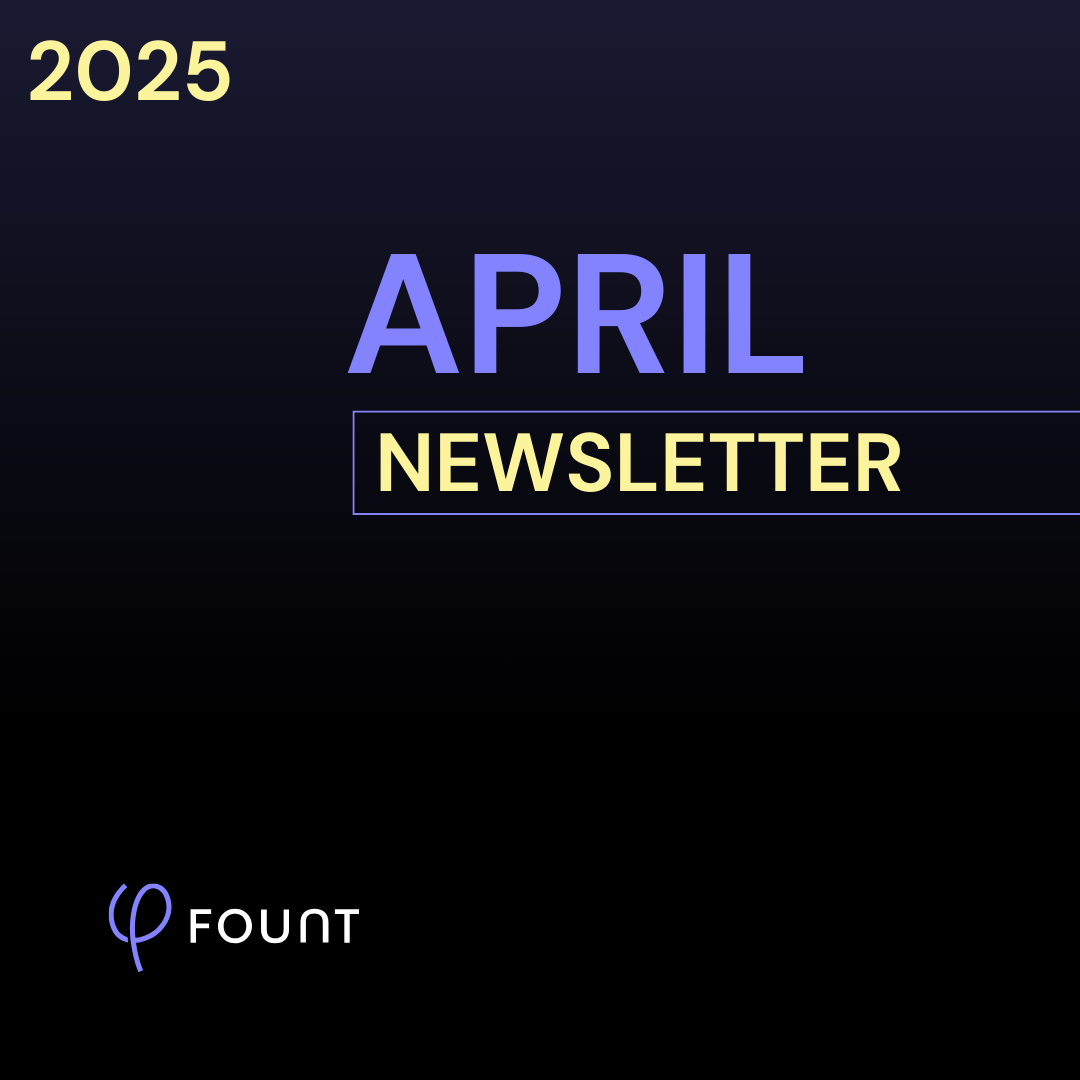
Insights
APRIL Newsletter. Friction: You Can’t Improve What You Can’t See
